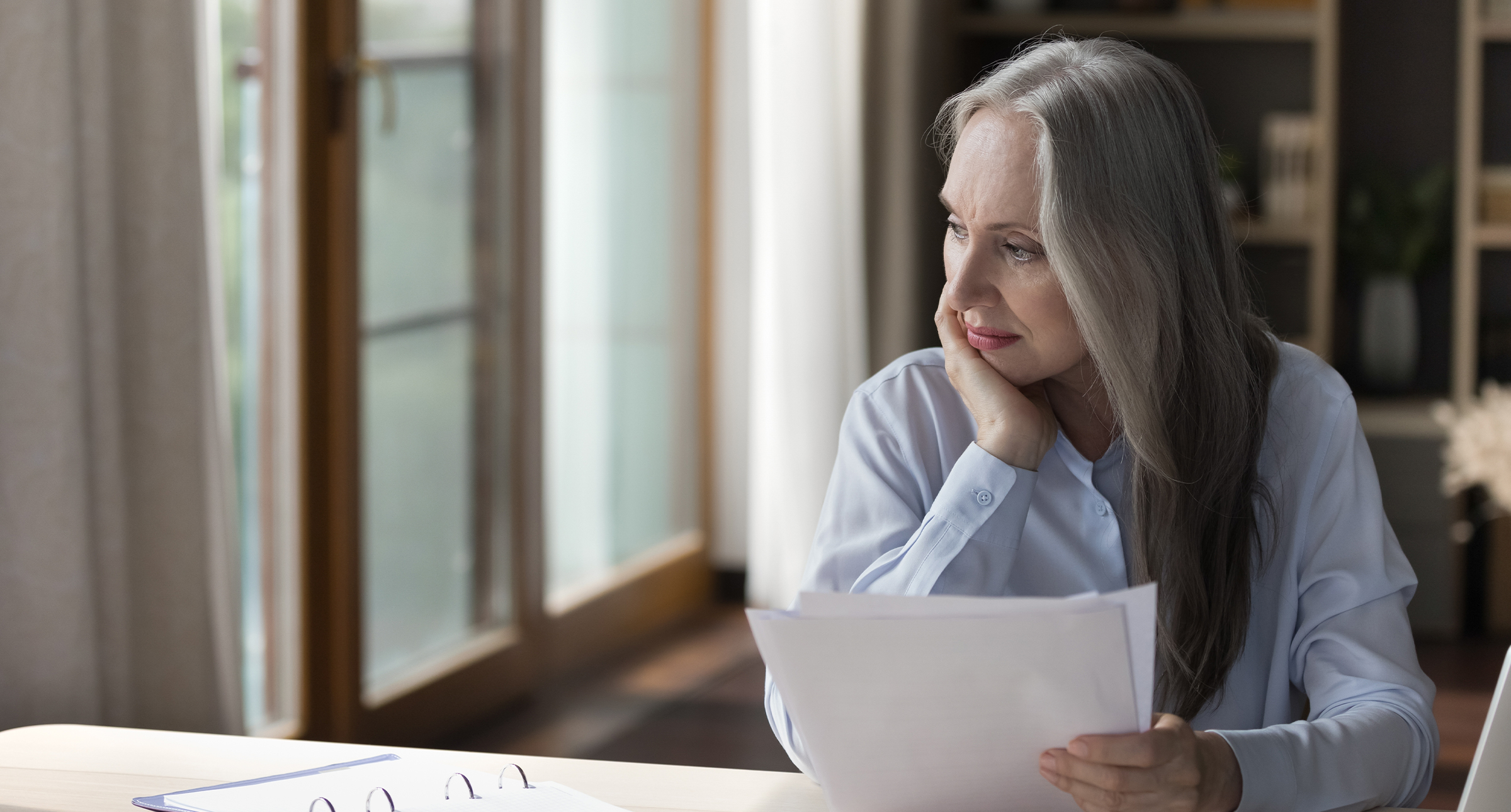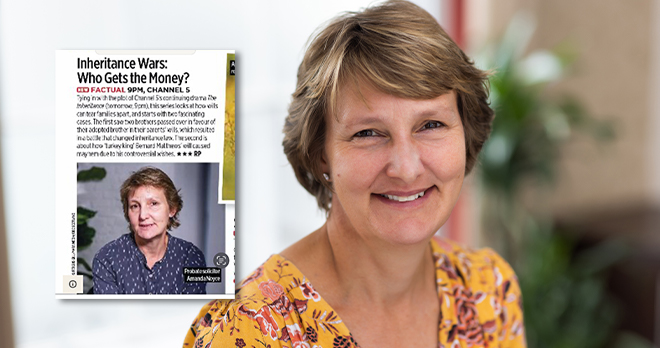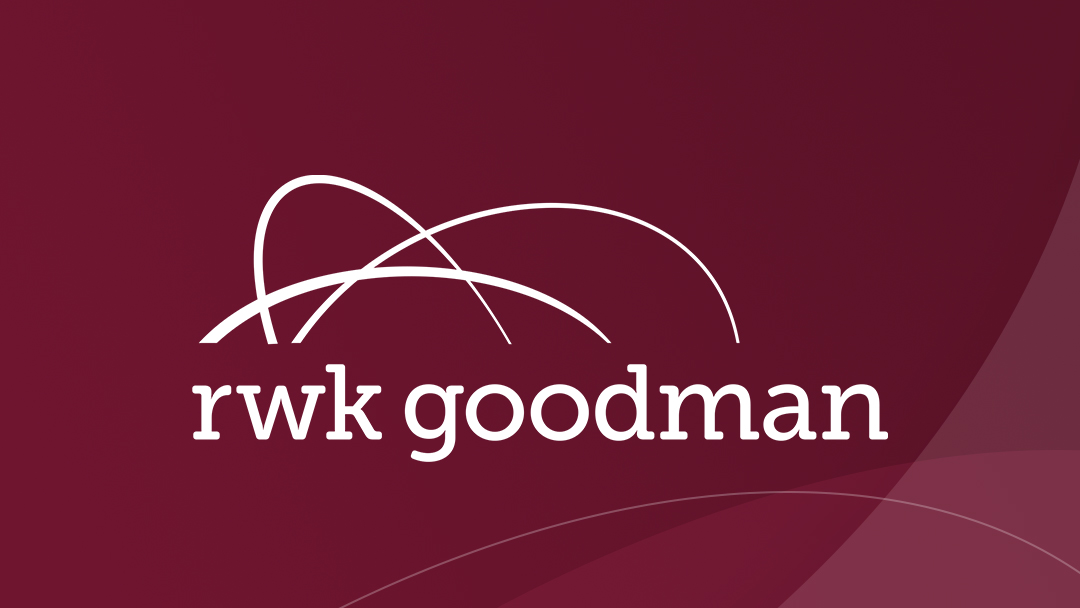What’s the latest on Capital Gains Tax for Furnished Holiday Lets?
So what exactly is a qualifying FHL?
Conditions to be met
Firstly, the property must be located either in the UK or in the European Economic Area (EEA) and must be furnished to a sufficient standard for normal occupation.
The property must also be let on a commercial basis, i.e. with a view to making a profit.
In addition, there are three ‘occupancy’ conditions imposed by HMRC:
1. The availability condition – the property must be available for letting as FHL accommodation for at least 210 days in the year;
2. The letting condition – the property must be let on a commercial basis for at least 105 days in the year; and
3. The pattern of occupation condition – the property must not be let for periods of 31 continuous days or more for more than 155 days in the year.
There are however several elections which can be made which soften the fairly rigid occupancy conditions. If, for example, an FHL struggles to meet the letting condition in a particular tax year, but has done so in the previous tax year, a ‘period of grace’ election can be made if it can be shown that there was a genuine intention to let the property for more than 105 days in the year.
If an individual owns multiple FHLs, it is possible to make an ‘averaging election’ to apply the letting condition to the average rate of occupancy for all the properties, rather than each property on an individual basis.
If a FHL meets all the qualifying conditions (either with or without reliance on one or more elections), it can benefit from a number of attractive reliefs for CGT purposes.
Entrepreneurs’ relief
Firstly, gains realised on the sale of a buy-to-let residential property will ordinarily be subject to CGT at rates of 18% (basic rate taxpayers) or 28% (higher rate taxpayers).
However, qualifying FHLs are treated as business assets and therefore have the potential to qualify for Entrepreneurs’ Relief (ER).
ER is a very beneficial tax relief which reduces the rate of CGT from 18%/28% to 10% on the first £10 million of lifetime gains. It is available in circumstances where:
- a sole trader or business partner disposes of all or part of his/her business (or assets lent to the business); or
- a director or employee disposes of shares in a personal company (or assets lent to the company).
In order to qualify, the individual must have owned the business or shares in the personal company for at least 12 months prior to the sale/cessation.
A personal company is one in which the individual holds at least 5% of the ordinary share capital and 5% of the voting rights and is entitled to 5% of the distributable profits available and, on a winding up, 5% of the assets available for distribution to equity holders. This definition was tightened in the 2018 Autumn budget and applies to all sales/cessations from 29 October 2018 onwards.
The 2018 Autumn budget also introduced an extension to the qualifying holding period from 12 months to 24 months, which will apply from 6 April 2019.
Despite these recent changes, ER will remain a very valuable relief for qualifying FHL owners looking to sell or cease trading.
Holdover relief
The starting point in relation to gifts is that they are treated as deemed disposals for CGT purposes and so the gift of a normal buy-to-let property by an individual could trigger a significant CGT liability in the transferor’s hands.
However, as a business asset, a FHL or FHL business can benefit from business asset holdover relief under s.165 TCGA 1992. Rather than crystallising the CGT liability at the date of the gift, the capital gain can be ‘held over’ until such time as the recipient of the gift disposes of the property. Any claim for holdover relief must be made by both the transferor and the transferee (except in the case of trusts).
As it is unlikely that an FHL business will qualify for business property relief for inheritance tax purposes, holdover relief is a very useful planning tool allowing individuals to pass value down to younger generations in a tax efficient manner.
Rollover relief
Finally, qualifying FHLs may also be able to benefit from rollover relief under s.152 TCGA 1992.
Rollover relief is available where the proceeds of one business asset (for example a qualifying FHL) are reinvested in another business asset. In these circumstances, the gain on the disposal of the first asset can be rolled over until the replacement business asset is sold.









